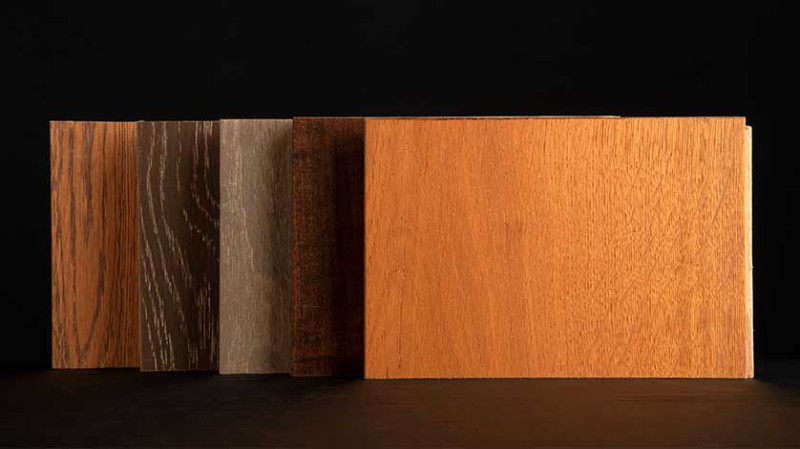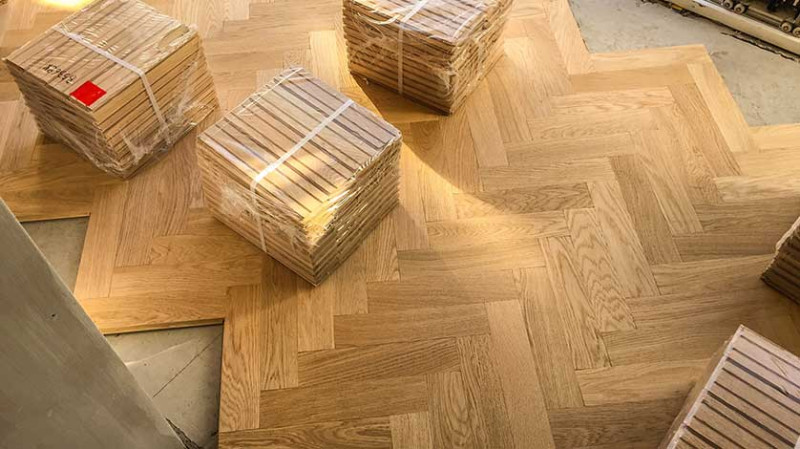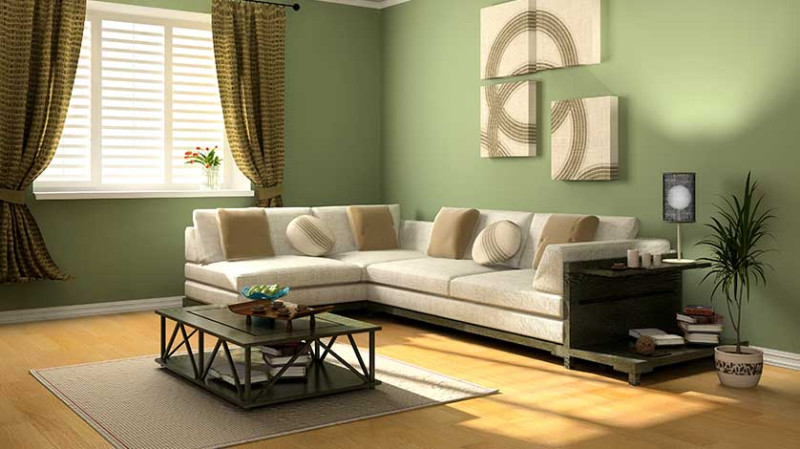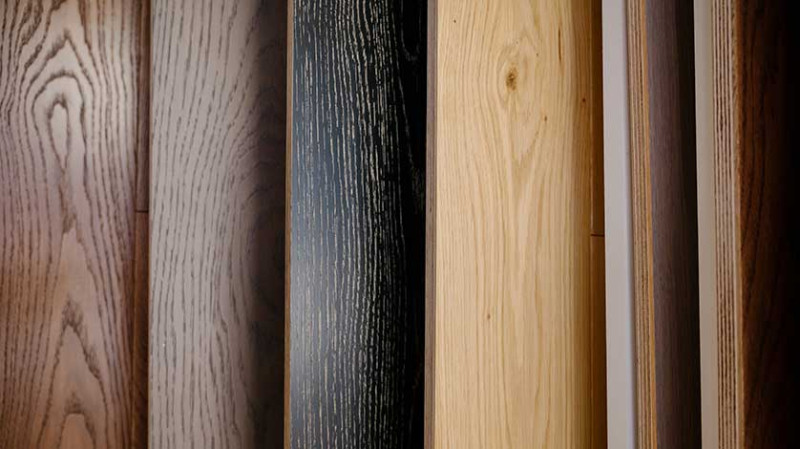
When it comes to hardwood floor refinishing, choosing the right finish can make all the difference in both appearance and performance. For homeowners, DIY enthusiasts, architects, and even professional floor installers, understanding the durability levels of different finishes is vital. Whether you're breathing new life into original parquet in a Victorian terrace or adding sleek sophistication to a modern flat in London, the right floor finish ensures your investment stands the test of time.
With such a wide range of hardwood floor finishes available on the market in the UK, making the right choice can feel overwhelming. In this guide, we've compared 12 of the most common hardwood floor finishes based on their durability, maintenance needs, appearance, and suitability for different settings. Read on to discover which floor finish is the best match for your next project.
Why Durability Matters in Floor Finishes
Durability is one of the primary considerations when it comes to choosing a hardwood floor finish, especially in high-traffic areas like hallways, living rooms, or bustling commercial environments. The more durable the finish, the longer your floors will maintain their good looks without needing touch-ups or re-sanding. Resilience to scratches, stains, water, and UV light are all traits tied directly to the finish you pick.
For property owners, a durable finish means lower long-term maintenance costs. For young professionals or families, it means peace of mind when entertaining guests or dealing with the occasional drink spill or muddy shoe. And for professional designers and architects, it's essential for ensuring client satisfaction and longevity of the floor installation.
Overview of Floor Finish Types
Hardwood floor finishes can be broadly divided into several categories: polyurethane (oil- and water-based), hardwax oils, penetrating oils, sealers, and specialty lacquers. Each finish brings a unique combination of sheen, texture, durability, and environmental friendliness. Below, we evaluate them in detail based on their strength and common usage.
It's important to keep the purpose of the space in mind. For example, a living room in a busy London flat may benefit from a different finish than a quiet study or a seaside cottage where humidity levels vary drastically. Budget, ease of application (especially for DIYers), and drying time may also influence your decision.
Durability Comparison Table - The Top 12 Hardwood Floor Finishes
Here is a side-by-side comparison of the most popular hardwood floor finishes in the UK, ranked based on durability, average lifespan, maintenance level, and ease of reapplication.
| Finish Type | Durability Rating (1-10) | Average Lifespan | Scratch Resistance | Water Resistance | Ease of Maintenance |
|---|---|---|---|---|---|
| Oil-Based Polyurethane | 9 | 10-15 years | High | Moderate | Moderate |
| Water-Based Polyurethane | 8 | 7-10 years | High | High | Moderate |
| Acid-Cured (Swedish) Finish | 10 | 15-20 years | Very High | High | Low (Toxic, hard to apply) |
| Aluminium Oxide Prefinished | 10 | 25+ years | Very High | High | Low (Not DIY-friendly) |
| UV-Cured Urethane | 9 | 20+ years | Very High | High | Low |
| Penetrating Oil Sealers (e.g., Tung/Linseed Oil) | 6 | 5-7 years | Low | Moderate | High |
| Hardwax Oil | 7 | 5-10 years | Moderate | Moderate | Moderate to High |
| Shellac | 4 | 2-5 years | Low | Low | High |
| Wax Finish | 4 | 2-3 years | Low | Low | High |
| Moisture-Cured Urethane | 10 | 15-20 years | Very High | Very High | Low (Strong fumes) |
| Conversion Varnish | 9 | 10-15 years | High | High | Moderate |
| Water-Based Acrylics | 6 | 5-7 years | Moderate | Moderate | High |
Top Performers for High Durability
From our list, acid-cured finishes, aluminium oxide coatings, and moisture-cured urethane top the charts in terms of toughness and resilience. These are ideal for commercial projects, busy households, or clients demanding ultra-low maintenance and ultra-high durability. However, it's worth noting they are not ideal for DIY projects due to their toxicity and professional-level application needs.
Water-based polyurethanes are a great choice for those who want a balance between durability and ease of use. They are widely available across the UK and dry quickly, which makes them particularly appealing for quick weekend renovation jobs. They're also relatively safe for indoor use thanks to their low VOC emissions.
Options for the Eco- and Style-Conscious
For those prioritising natural aesthetics or environmental factors, hardwax oils and penetrating oil sealers (like tung oil or linseed oil) offer a more natural finish that enhances the grain of the wood. These finishes are commonly used in heritage buildings and high-end interior designs. They tend to be less durable than synthetic sealers, but their soft matte sheen and eco-friendly properties make them attractive for many modern designers and green clients.
These oil-based finishes are also spot-repairable, which means with regular maintenance - such as yearly buffing and oil reapplication - they can outlast harder finishes that eventually require full sanding and refinishing.
Budget and Maintenance Considerations
Don't just think about the upfront cost of a finish - long-term maintenance and potential refinishing costs should also be factored in. Finishes like wax and shellac are inexpensive and easy to apply, but they require frequent refreshes and are poor at resisting scratches and water. That may translate to more ongoing work and cost over time.
On the flip side, finishes such as UV-cured urethanes and aluminium oxide come with higher initial costs but reduce maintenance to an absolute minimum - often lasting 15 - 25 years without issue. This can be appealing for landlords or homeowners not willing to carry out frequent upkeep.
Which Finish Is Best for Your Project?
The right hardwood floor finish depends on the space it's installed in. For DIY homeowners looking for ease and speed, water-based polyurethane or hardwax oil finishes are ideal. For commercial or high-traffic residential builds, professionals may lean toward acid-cured or moisture-cured urethane options. And for period property restorations or eco-conscious consumers, natural or hardwax oils offer both sustainability and style appeal.
No matter what you choose, understanding each finish's strengths and weaknesses ensures your floors look great for years to come. Spending time on proper preparation and selecting the best finish will pay off not only in visual appeal but in long-term durability and customer satisfaction.
Final Thoughts
Choosing a floor finish is one of the most critical decisions in any flooring project. While the type of wood plays a role, the finish you apply will determine how well your floors handle the everyday wear and tear of life. And for professional designers and tradespeople, specifying the right finish is an essential part of delivering a top-tier renovation or new build.





